What is the tolerance range of precision screws?
What is the tolerance range of precision screws?
Service Hotline
+86760-8787 8587We have more than ten years of production experience in the screw industry. The main products are: hardened iron countersunk head internal and external thread nuts, cup head socket head bolts, manganese ground washers, external hexagon nuts and screws, round T nuts, 304 non-standard fasteners, Galvanized rounded square nuts, grade 10 fine thread nylon lock nuts, TA2 titanium screws, flat round head rivet nuts, DIN316 bolts, JISB1166 bolts, European standard nuts, non-return nuts, elastic cotter pins and other fasteners, due to the product The materials and specifications are different, and the prices are also different. Please contact us if you need it.


The circlip is a common limiting element in the mechanical field, which is mainly used to limit the axial limit of mechanical parts. At present, the common circlips on the market are all circular rings with an opening. The circular ring has a certain elastic deformation capacity. When in use, the circlip can be detachably assembled to the mechanical on the part. However, the defect of the circlip adopting the one-piece ring is that the circlip is easily broken when frequently disassembled and used, and the service life is short.
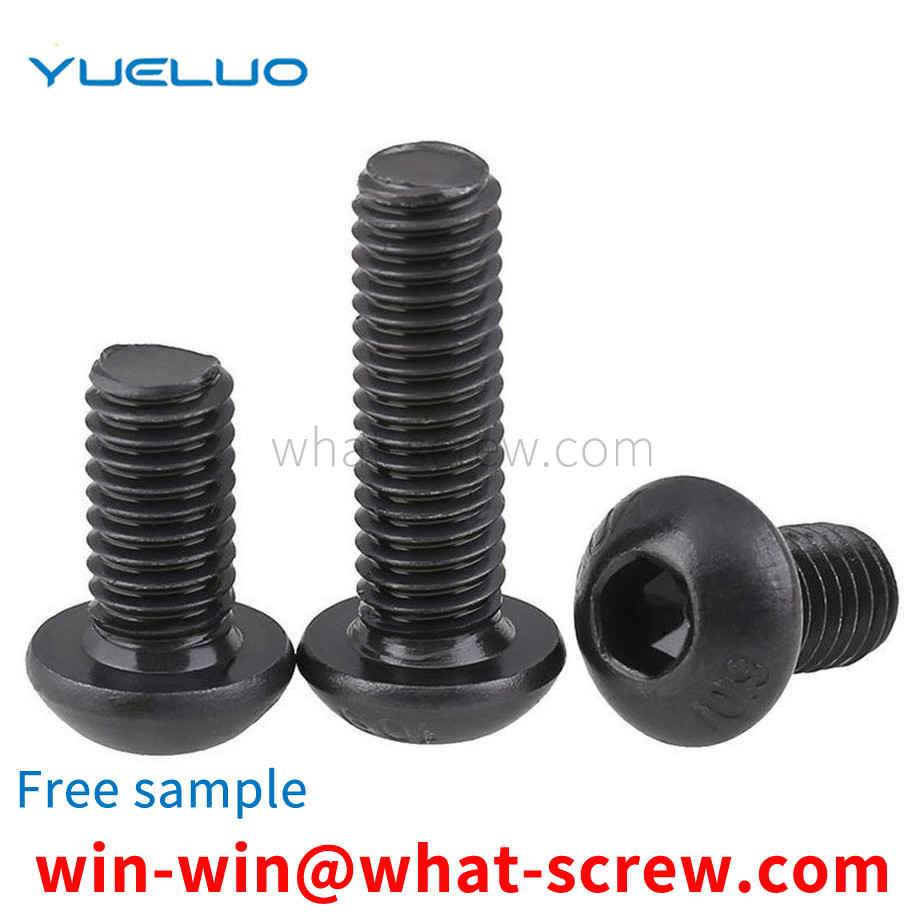
The national standard name of the cross recessed small pan head three combination screw is the cross recessed small pan head screw, the spring washer and the flat washer assembly. The national label is GB/T9074.8-1988. This 1988 refers to the year, that is, this standard is the standard issued by the country in 1988. The specifications of the cross recessed small pan head three combination screws, the company's minimum is M2.5, the shortest is 5mm, the largest is M10, and the longest is 90mm.
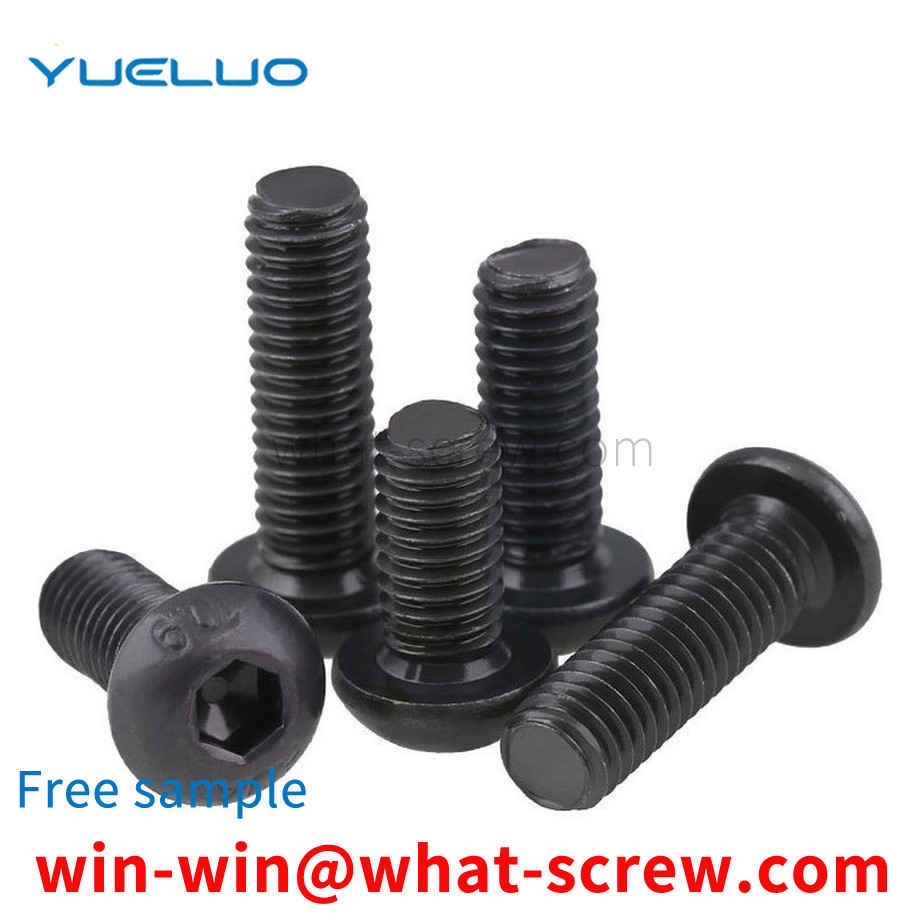
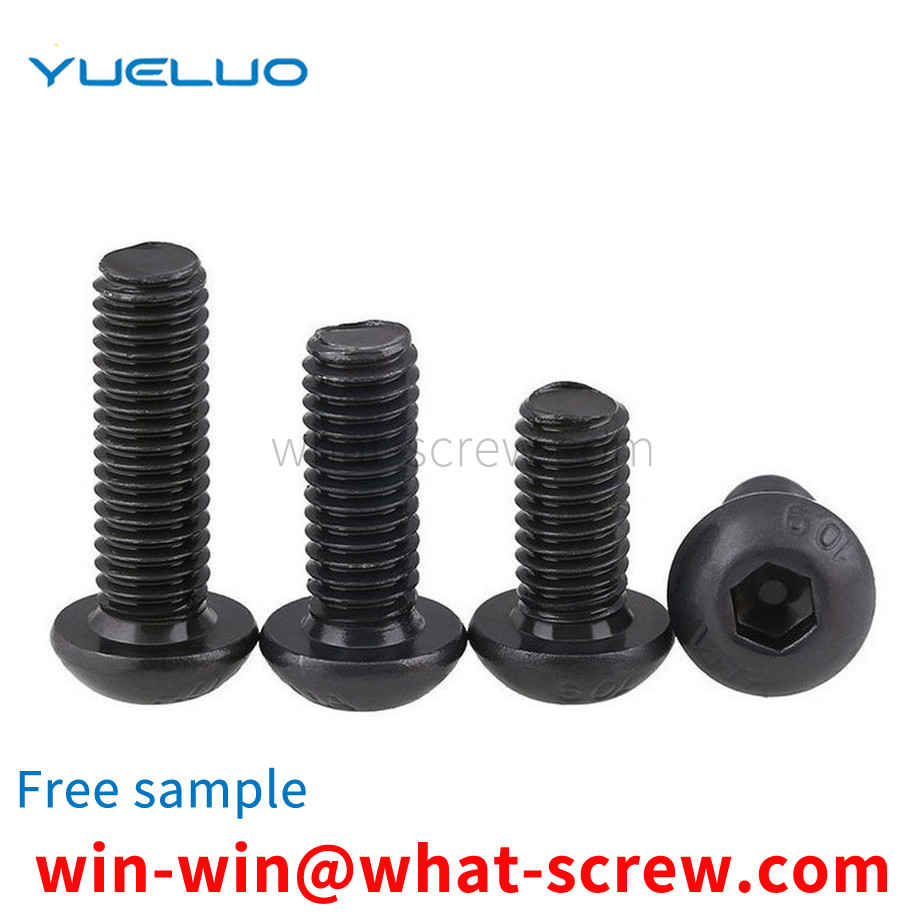
Inch Screws C-1: Thread Code: The denominator is marked as 8, and then the numerator is directly called the number. Ex: 1/8 x 0.50 –PPB: 1 Thread screw x 0.50” long, PPB Ex: 5/16 x 0.50 –PPB = 2.5/8 x 0.50-PPB : 2 ½ inch screw x 0.50” long, PPB Ex: 5/32 x 0.50 –PPB =1.25/8 x 0.50-PPB: 1 ½ ½ inch screw x 0.50” long , PPB Ex: 1/4 x 0.50-PPB= 2/8 x 0.50-PPB: 2-point screw x 0.50” long, PPB Note: Coarse or fine pitch is sometimes indicated. UNF: Fine pitch: more commonly used in the electronics industry UNC: Coarse Thread: More commonly used for heavy machinery construction. Ex: 3/8 x 0.50, UNF –PPB: 3 point fine thread screw x 0.50” long, PPB. C-2: Length Code: In inches, must be multiplied by 25.40 is converted to mm. Measured with a buckle gauge, it is a metric thread when it matches the metric thread, and an inch thread when it matches the inch thread. You can also use a caliper to measure the outer diameter and pitch of the thread. The outer diameter of the metric thread is in millimeters, Such as 6, 8, 10, 12, 18, 20 mm, etc., the pitch is also in millimeters, such as 0.5, 0.75, 1, 1.5, 2, 3, etc. The outer diameter of the imperial thread is in inches, (per inch Equal to 25.4 mm) such as 3/16, 5/8, 1/4, 1/2, etc. Therefore, the reading of the outer diameter with a metric caliper often has irregular decimals. The inch pitch is expressed by how many teeth per inch. Set the caliper at 25.4 mm, align one caliper tip with the thread cusp, and the other caliper tip, if aligned with the thread cusp, is an inch thread, and if the thread cusp is not aligned, it should be a metric thread. The tip is printed on the white chalk. The chalk is clear and easy to measure. To measure the metric pitch, you should measure a length, such as 10, 15, 20, millimeters, etc., count how many teeth are included, and calculate the pitch in inches. The specified thread specification is inch thread, such as: G1. Metric threads are specified in metric units of millimeters. Such as: M30. The imperial system is determined by how many teeth there are in one inch (2.54 cm), generally a 55-degree angle. The metric system is the pitch determined by the distance between the two tooth tips, usually a 60-degree angle anchor screw: tighten the machine, etc. Screws for use on the ground. Also called anchor bolts. The difference between British and American screws is difficult to distinguish visually. The difference between British and American screws is that the rolling angle of British screws is 55 degrees, while the rolling angle of American screws is 60 degrees. These two standard screws are used in most screws. It can be used in general, but 1/2 size screws are not allowed, because the standard thread of inch 1/2 is 1/2-12 teeth, while the American system is 1/2-13 teeth.
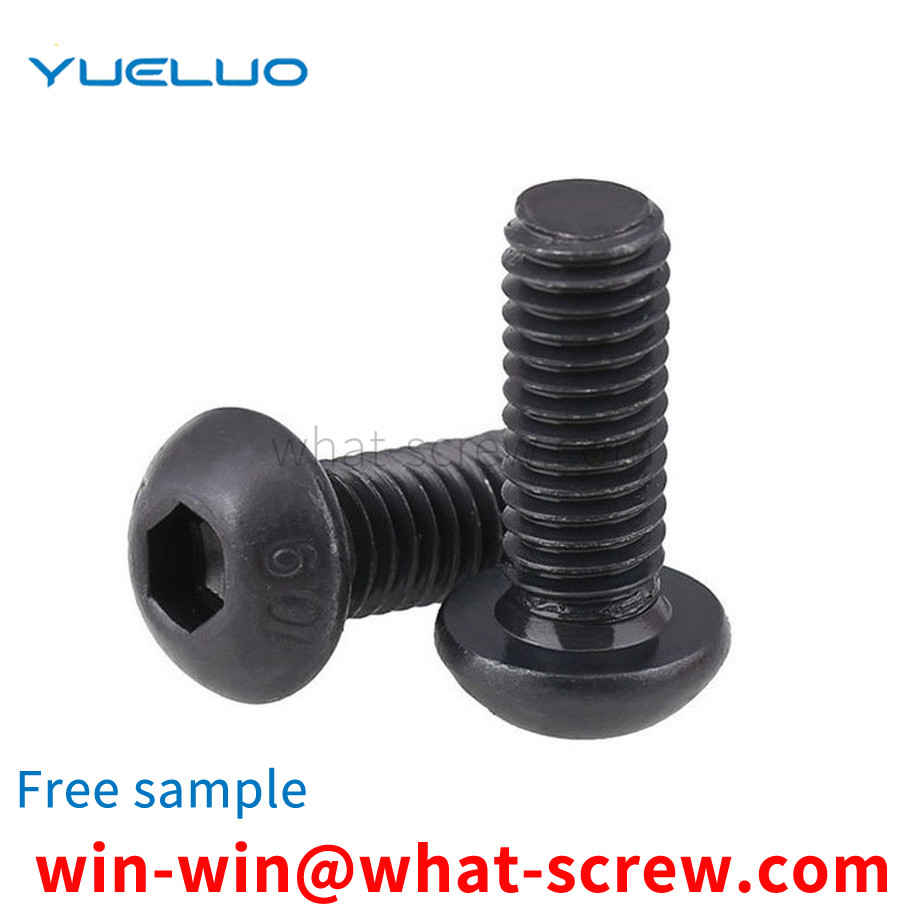
The equipment is tightened and fixed by screws during assembly. During high-speed operation, the equipment will generate high-frequency micro-vibration. This micro-vibration can easily lead to loosening of screws, resulting in weak connection of components and easy to cause safety accidents. Fastening is attached great importance. Many companies even directly weld the screw caps after using screws to fasten the components. However, this practice greatly hinders the subsequent maintenance and also seriously affects the maintenance and maintenance of the equipment; The emergence of tightening screws has attracted the attention and favor of enterprises; however, the self-tightening screws I use are mainly imported, and when the trade war begins, the shortage of this autonomous technology will severely limit my defense.
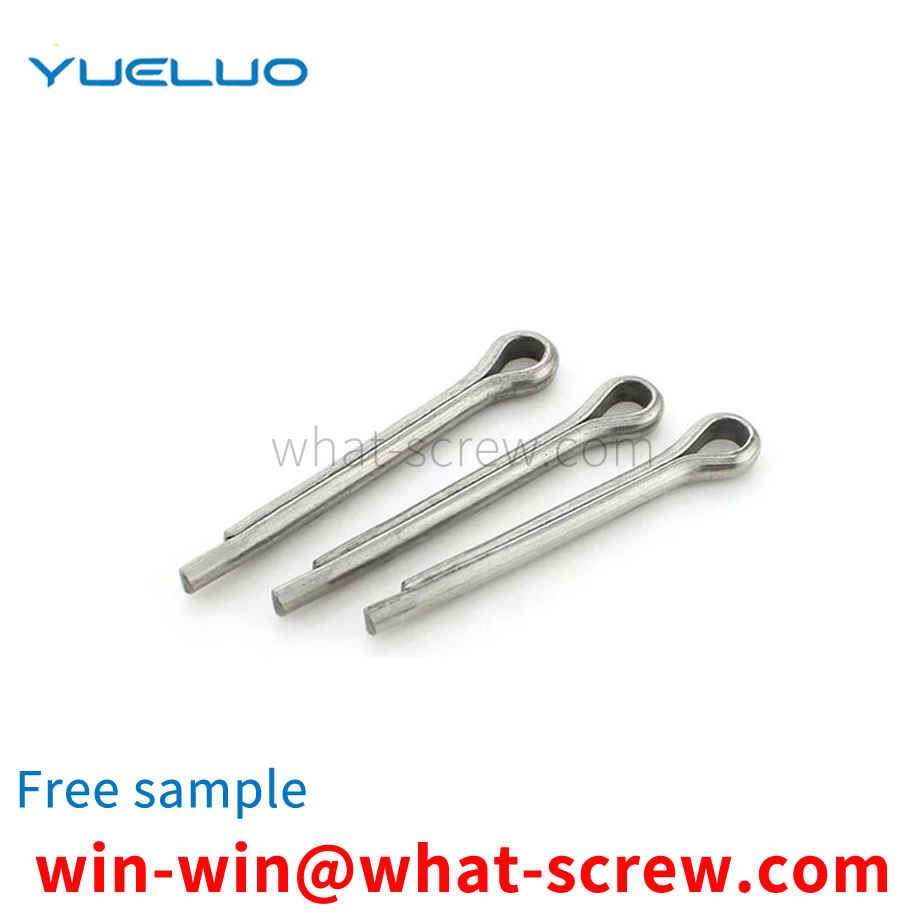
The above content is uploaded by Yueluo or the Internet. If there is any copyright issue, please contact [email protected].

What is the tolerance range of precision screws?

How to choose the right stainless steel screw manufacturer?

Why is there an R angle under the head of the hexagon head s...

We have more than ten years of production experience in the ...

We have more than ten years of experience in the production ...

We have more than ten years of experience in the production ...

We have more than ten years of experience in screw industry ...